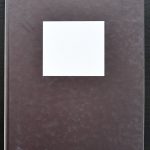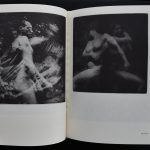
Artz pursued his studies from 1855 to 1864 at the renowned Rijksakademie of Amsterdam, studying under the tutelage of the esteemed Johannes Egenberger (1822–1897) and Louis Royer (1793–1868). It was during this time that he became acquainted with the ‘Haagse scholer’ Jozef Israëls, a painter who would greatly influence the early stages of Artz’s career. The two artists also collaborated extensively for a number of years, often venturing to the dunes of Scheveningen for inspiration. However, unlike the subdued and atmospheric style of Israëls, Artz focused on the sunny and lively aspects of the fishermen’s lives. His pen and ink drawings were more precise and his use of color was carefully orchestrated. He had a keen eye for detail, evident in the clothing of his figures. His color palette was relatively light in comparison.
From 1866 to 1874, Artz resided in Paris, studying under the renowned Gustave Courbet, who encouraged him to establish his own studio. During his time in Paris, he received financial support from the esteemed writer Johannes Kneppelhout. Violinist Jan de Graan also lived with him during this period, and Artz painted his portrait. He maintained close contact with his fellow Dutch artists Jacob Maris and Frederik Hendrik Kaemmerer. Interestingly enough, during this time he mainly focused on “Dutch” genre paintings, often with a dark and somber atmosphere. He achieved considerable success during this period, selling numerous works through the well-known art dealership of Goupil & Cie. The renowned art dealer Theo van Gogh, brother of Vincent van Gogh, also had some of Artz’s works in his collection in Paris during the late 1880s[1]. It was during this time in Paris that Artz was exposed to the influences of japonisme and impressionism, although these would not be fully evident in his works until later in his career.
www.ftn-books.com has now the most imporatnt publication on Artz his career available.




























































